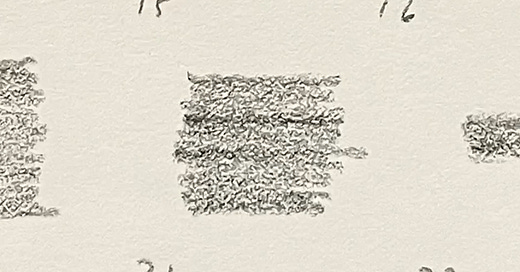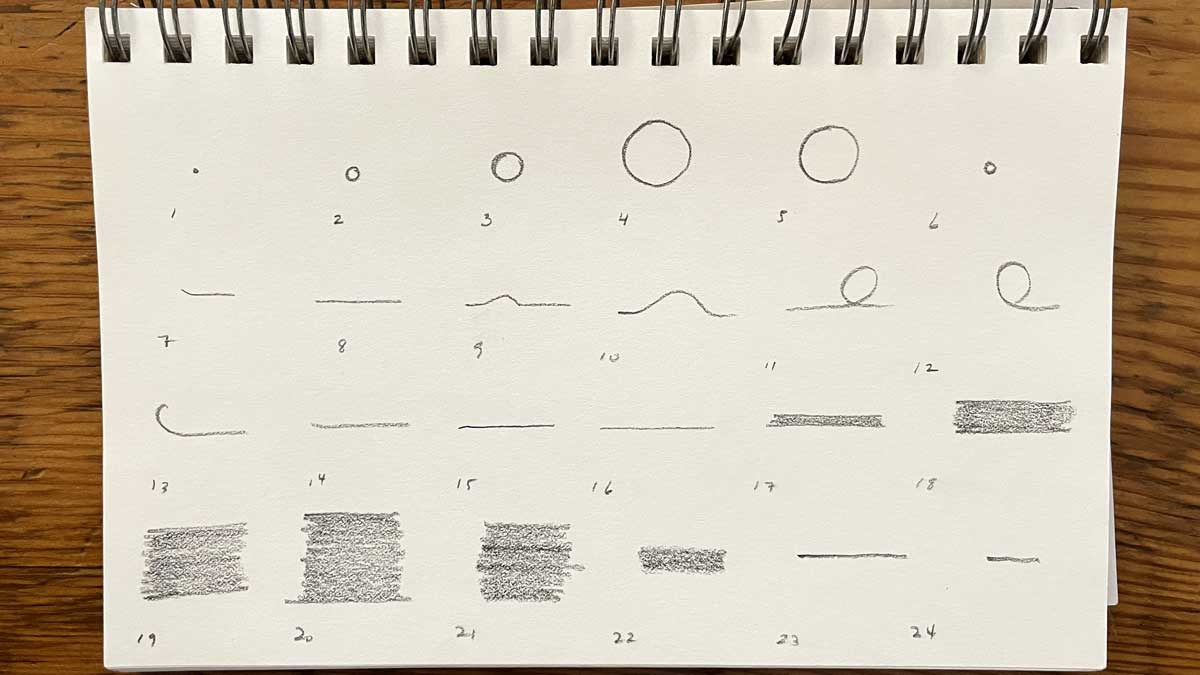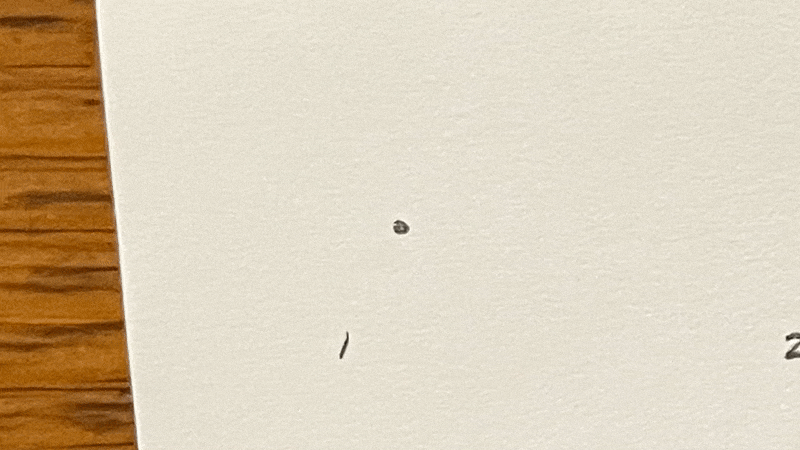“Between stimulus and response there is a space. In that space is our power to choose our response. In our response lies our growth and our freedom.”
—attributed to Viktor Frankl, Holocaust survivor
Right now, we’re bearing witness to extraordinary violence, destruction, and suffering. One way to help is to donate to the Middle East Children’s Alliance to provide emergency support for Palestinian families in Gaza. I’ve also found the following to be good reads and resources:
+972 magazine, written by Israeli and Palestinian journalists
Jewish Voice for Peace, Jewish activist organization
New Israel Fund, non-profit NGO for social justice and equality for all Israelis
The Tangled Grief of Israel’s Anti-Occupation Activists, in the New Yorker
Wrapping a big art project initiates a period of transition.
After Chamoe, it took me about 3 months for ideas to show signs of kindling. Han flickered into view almost exactly 1 year later. It’s different for every artist, and circumstances of course affect trajectories; but liminal phases not only demand time and space—they also offer opportunities for growth and expansion.
I personally love retreating between projects: feeling more at liberty to play versus produce, go quiet. I want to paint or draw mindlessly for a while, let ideas collect and ferment; get back to AR explorations, maybe work on an illustrated book or essay again.
Retreat coincides with another life shift, by the way: after almost a decade of independent consulting, I’ve gone full time.
Regardless of how busy someone is, time can always be made. It’s headspace that becomes scarce. It’s actually not hard to keep going at the end of a long day…as long as one is continuing on the same track. But it’s almost impossible to stop, then switch tracks—inertia is real.
In a recent interview, I was asked how I was planning to maintain a creative practice, while prioritizing the needs of a demanding job. My honest answer, which stands, is: I don’t know yet. I’m going to tinker with a lot of approaches, but will start by exploring a hunch—that track-switching has to become easy.
Stupid easy.
I made these 24 drawings on a Sunday afternoon:
I took a level photo with my phone, airdropped to the laptop, and composited in Photoshop:
Running them two frames per image results in this loop:
Finally, I set the sequence to 1979 by Kamuter (aka dear friend Able Parris). You can experience the sequence with music in the header video.
While not exactly “stupid” easy (I do need to put some thinking into e.g., “spacing” (small changes between drawings feel slow, large changes feel fast)), getting into the exercise felt relatively low-friction:
I need only pencil and paper
I can draw anywhere
Abstract and mindless doodles can evolve into this
It’s meditative
Output also feels outsized relative to the elbow grease I put in (this is what, in the design/tech world, we call: low effort, high reward).
I think this is a good starting speed for the fall and winter months. It’s expectedly reminiscent of the period directly following Chamoe (see issues 27 to 29).
Cool things happen when I play; maybe, eventually, a new film. I believe in things becoming other things; or TBOT as my friend Craig likes to say (his upcoming book is a manifestation of this). Along the way to my next thing, whatever it be, I’ll share insights and methods. I hope they’ll be helpful to fellow full-timers navigating creative tracks in parallel, as well as to folks generally interested in process and adaptation.
Thanks for following along, and for supporting me “from fallow to fruitful ground,” as another friend, Vicky Gu of Hyperdisciplinary, said recently as she entered her sabbatical.
All of it feeds what comes into being at the end.
Speaking of feeding the work,
I’ll end by sharing what I’ve been taking in:
Anything by and about Rachel Cusk:
Stuff she’s written for the NYT
”RACHEL CUSK WON’T STAY STILL,” a dreamy interview, from her new home in Paris.
Food pop-ups are a beautiful thing about living in NYC. This weekend, if the rain gods be kind, I’ll be eating at the first of Cơm Nhà, “an intimate dinner series that celebrates the essence of Vietnamese home cooking.”
A few weeks ago, I saw Roz Chast at the New Yorker Festival. The annual event is a great opportunity to get (literally) close and personal with some of the most celebrated minds and cultural figures (last year I saw Ben Stiller talk about Severance, a few years before that, Murakami).
Another notable event I attended was at Columbia University. It was a celebration of two Korean poets, Kim Hyesoon and Don Mee Choi, titled From DMZ Colony to Phantom Pain Wings. The artists read their work, as well as their translations, aloud.
I was reminded of how musical poetry is, and that the human voice has a capacity to be luminous.
Until next time.
P.S. I’ve formally submitted a request to license music for 엄마 나라 | Mother Land. To complicate matters, there are two artists on the track. I’ve no clue if I’ll be able to afford the license, in which case…we’ll cross that bridge when we get to it. But if it’s doable, this is the kind of thing your financial support goes toward. A huge thank you to Members, as always 🙏❤️ Wish me luck!










Share this post